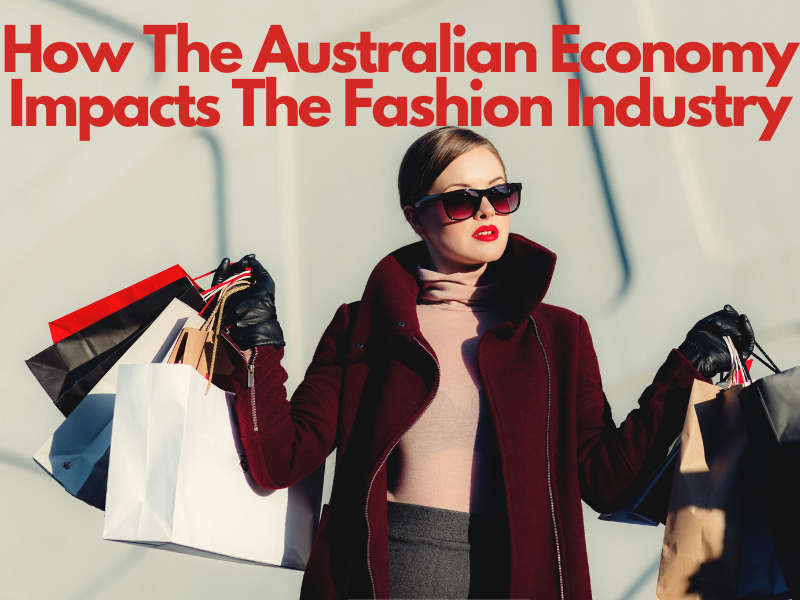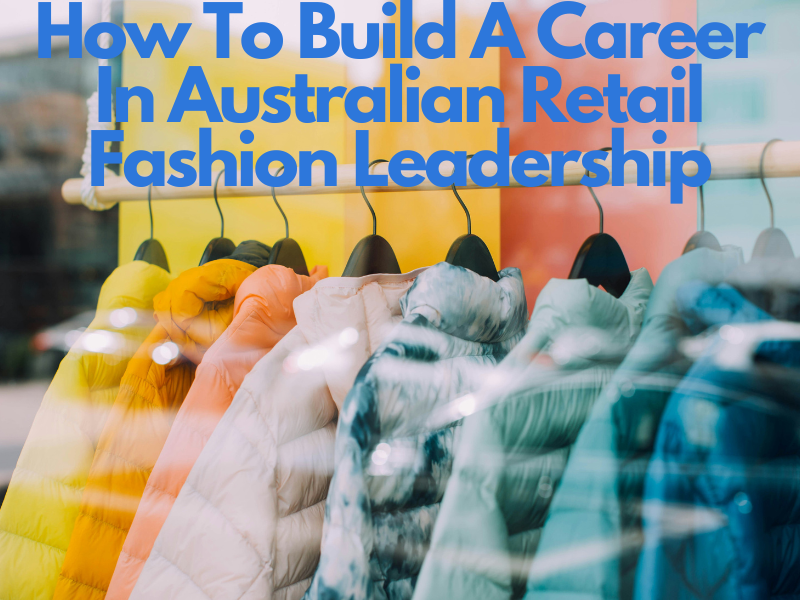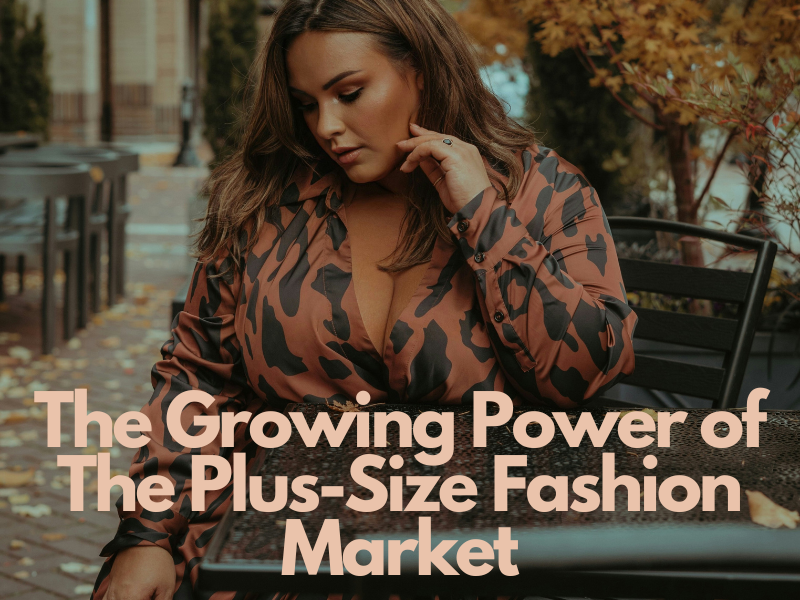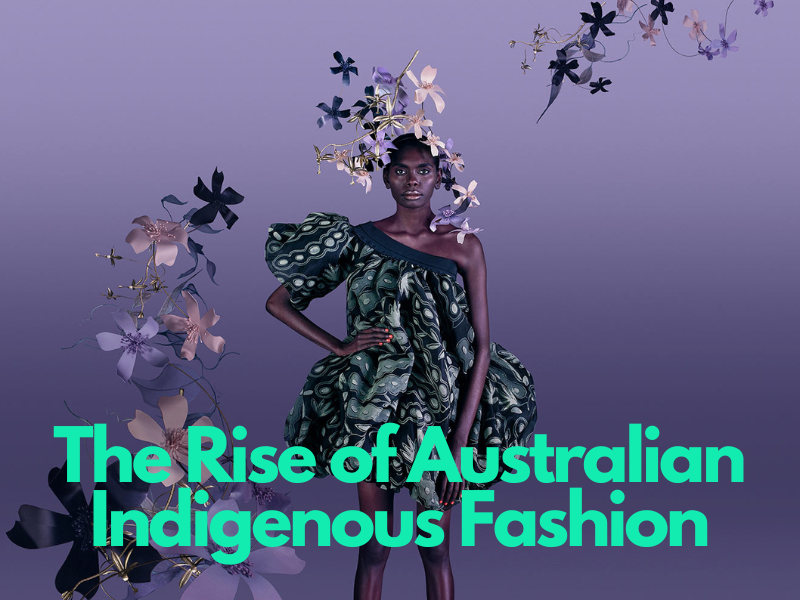Sustainability: The Case For Embracing Slow Fashion
A Report released by the Australian Fashion Council indicated that Australians purchase 56 items of clothing each year. The report was part of the initial stages of the Australian Clothing Stewardship Scheme - Seamless. Seamless is a plan to transform how clothing is made, used, reused and recycled in Australia with an aim to create clothing circularity by 2030.
The report illustrates that Australians produce and import more than 1.4 billion units of new clothing annually, primarily crafted from unsustainable, non-durable materials. Each year, 200,000 tonnes of clothing ends up in landfill, and there's a lack of operational processes for collecting unwearable garments.
Improving sustainability in fashion doesn’t have a single solution. The case for slow fashion is one of them. If the average individual purchases 56 items of clothing each year, many of these items are trend-based. These items of clothing are often cheaply made but come at a hidden cost. Slow fashion isn't just about what we wear; it's a philosophy that champions sustainability, ethics, and mindful consumption.
The heart of slow fashion is conscious consumption: a rejection of the disposable culture of fast fashion. It’s also a focus on quality rather than quantity. By investing in well-made pieces that stand the test of time, there’s less focus on keeping up with the latest trends and a better understanding of purchasing items that enhance our personal style.
A key component of slow fashion is purchasing brands that have a transparent production process. While fast fashion often turns a blind eye to the exploitation of garment workers in pursuit of profit, slow fashion prioritises fair wages, safe working conditions, and respect for human rights. By supporting brands that uphold these principles, we can actively contribute to positive change within the fashion industry and empower those who create the clothes we wear.
Environmental sustainability is a key factor of slow fashion. This includes the materials used, the production processes employed and transparency of the supply chain. Sustainable fabrics might be used such as organic cotton, hemp, and bamboo, which are favoured over synthetic fibres. Additionally, practices like upcycling, recycling, and minimising waste are embraced to mitigate the fashion industry's contribution to pollution.
Another benefit of the slow fashion movement is embracing local economies and communities. By supporting local artisans, small-scale producers, and independent designers; creativity and craftsmanship is nurtured and the carbon footprint associated with transportation is reduced. Shopping locally fosters connections and strengthens communities, reminding us that fashion is not just about what we wear but also about the stories and people behind each garment.
We’d love to hear from slow fashion labels and learn more about their principles.
Tanya, Amy & Natalie at Permanser Consulting
Permanser Consulting - Recruitment Specialists in the Fashion / Textile / Lifestyle / Accessories Industries.
E admin@permanser.com.au
P (03) 9654 5988










